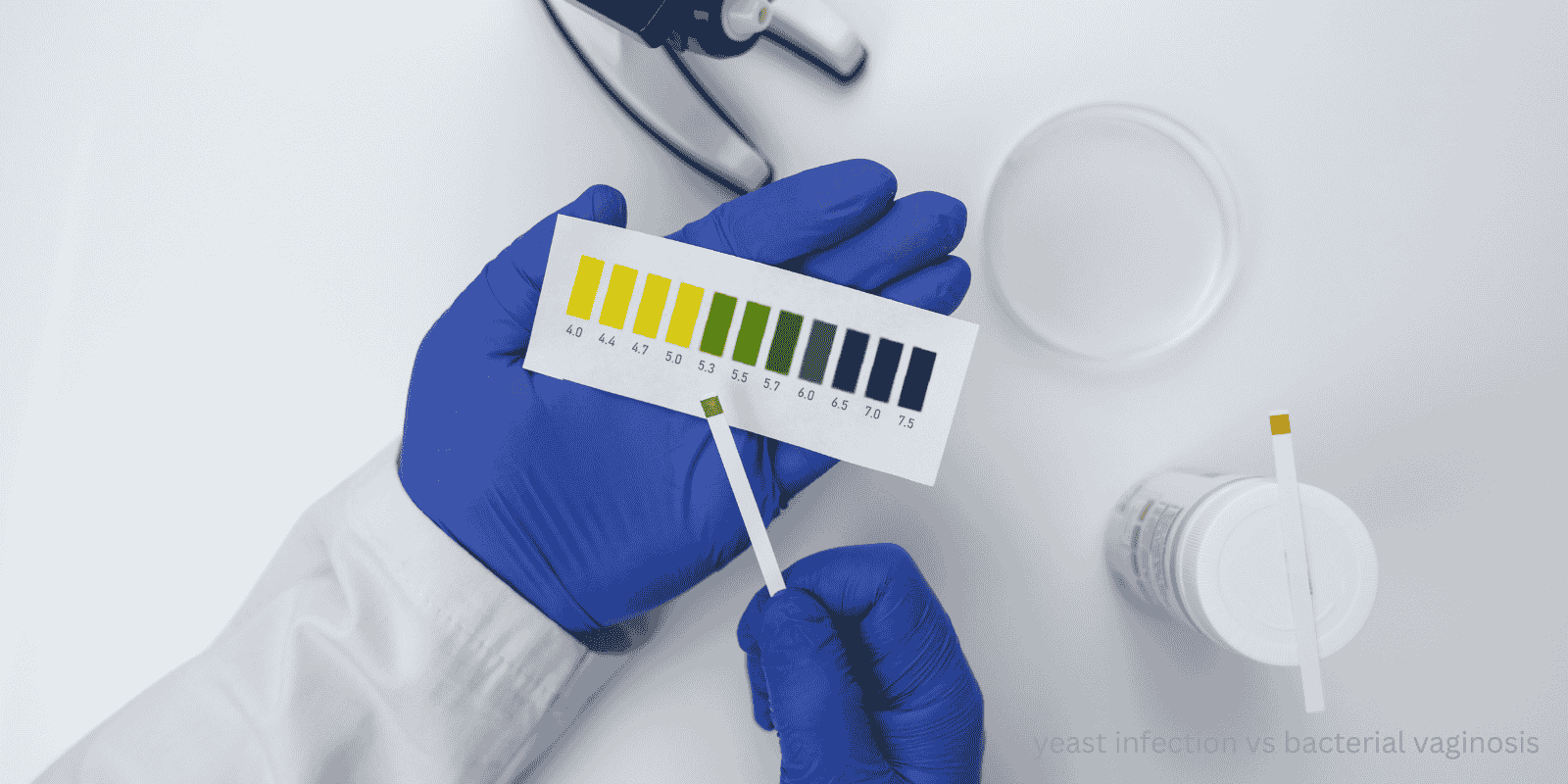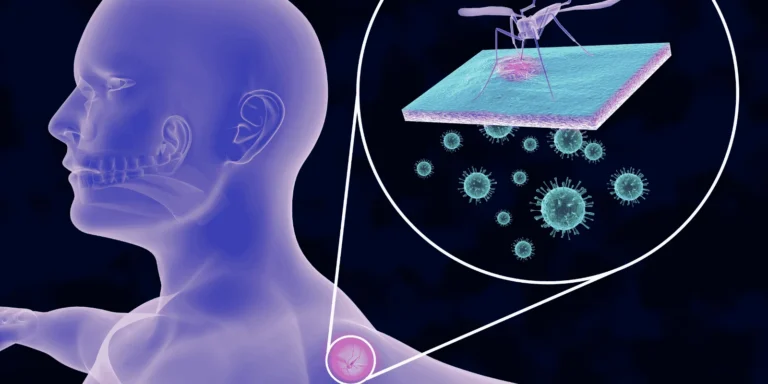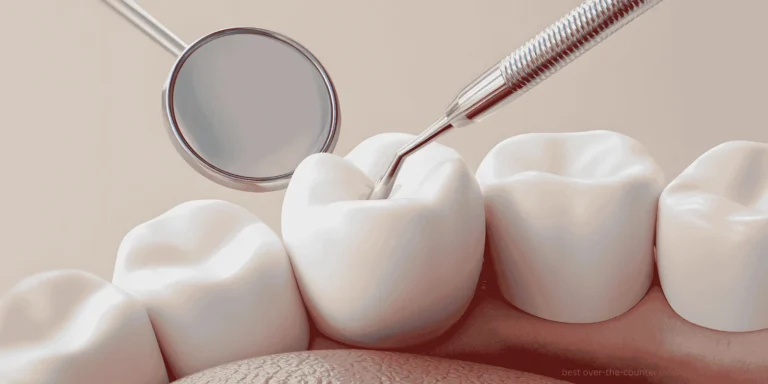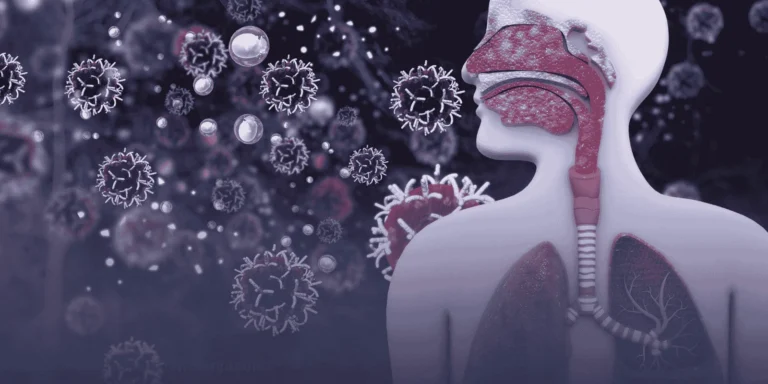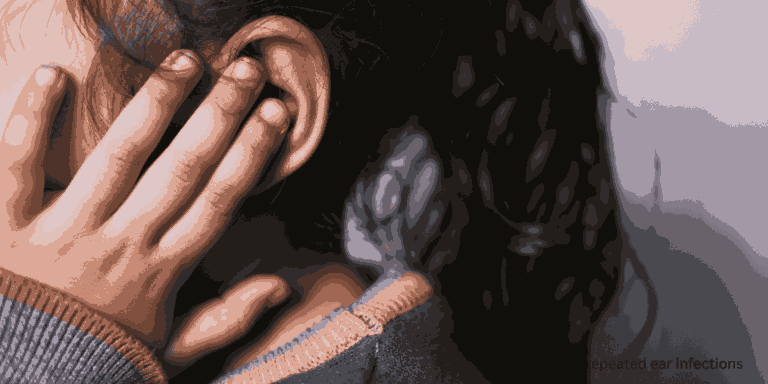Yeast infections and bacterial vaginosis (BV) are the two most common vaginal conditions, but they have distinctly different symptoms, causes, and treatments. Knowing these differences helps you seek appropriate care.
Discharge characteristics:
Yeast infection discharge is thick, white, and cottage cheese-like in consistency. It typically doesn’t have a strong odor, though some women notice a mild “yeasty” smell.
BV discharge is thin, watery, and gray or white in color. It has a characteristic fishy odor that becomes more noticeable after sexual activity or during menstruation.
Odor differences:
BV odor is the most distinctive feature – a strong fishy smell that’s particularly noticeable when alkaline substances (like semen or menstrual blood) interact with vaginal discharge.
Yeast infections typically produce no significant odor or occasionally a mild, bread-like smell.
Itching and irritation patterns:
Yeast infections cause intense itching and burning, especially around the vulva and vaginal opening. This itching can be severe enough to interfere with sleep and daily activities.
BV typically causes minimal itching. When present, it’s usually mild compared to yeast infections.
Pain and burning sensations: Yeast infections often cause burning during urination and sexual intercourse due to vulvar irritation and inflammation.
BV rarely causes significant pain or burning sensations.
Vaginal pH differences:
Yeast infections maintain normal acidic vaginal pH (below 4.5).
BV creates an elevated pH (above 4.5) due to bacterial overgrowth that changes the vaginal environment.
Underlying causes: Yeast infections result from Candida fungus overgrowth, often triggered by:
- Antibiotic use
- Hormonal changes
- Diabetes
- Tight, non-breathable clothing
BV develops from bacterial imbalance where harmful bacteria overgrow beneficial lactobacilli, often caused by:
- Douching
- New sexual partners
- Smoking
- Natural hormonal fluctuations
Treatment differences: Yeast infections respond to antifungal medications available over-the-counter (miconazole, clotrimazole) or by prescription (fluconazole).
BV requires prescription antibiotics, typically metronidazole or clindamycin, as antifungal treatments are ineffective.
Timing and recurrence patterns:
Yeast infections often occur after antibiotic use, during pregnancy, or around menstrual periods.
BV may develop after changes in sexual partners, douching, or during times of hormonal fluctuation.
When symptoms overlap: Some women experience mixed infections or have atypical presentations that make diagnosis challenging. Professional evaluation with testing may be needed when:
- Symptoms don’t clearly fit one pattern
- Over-the-counter yeast treatments don’t help
- Recurrent episodes occur
Self-diagnosis limitations:
While these symptom differences are helpful guides, definitive diagnosis often requires laboratory testing since symptoms can overlap or be atypical.
If you’re experiencing vaginal symptoms and aren’t sure whether you have a yeast infection or BV, ChatRx can help evaluate your symptoms and recommend appropriate treatment.

